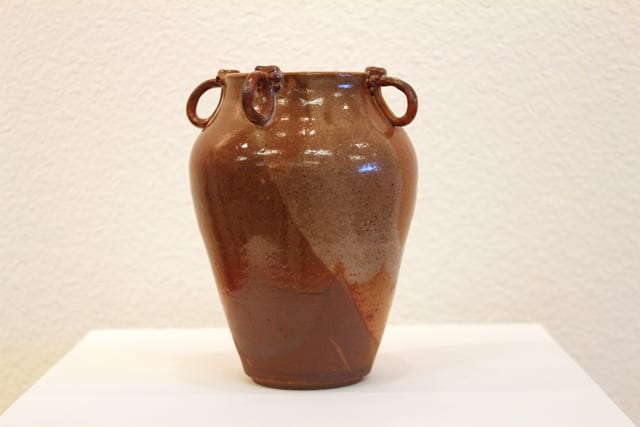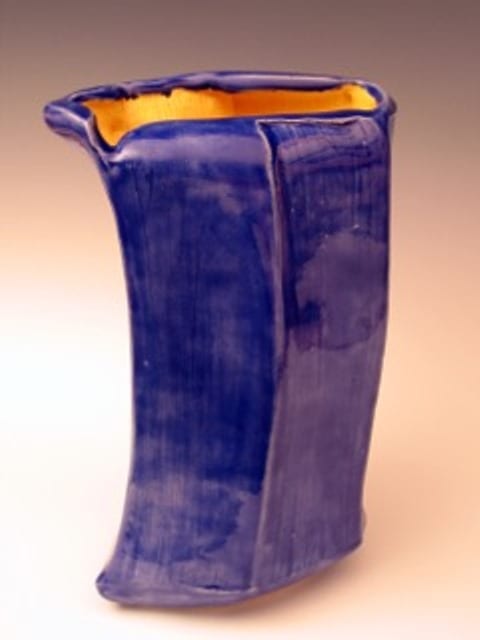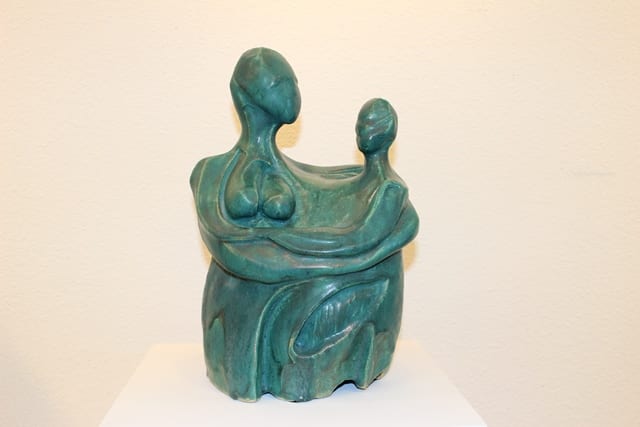Beadwork: Tamara Reily Finesses Ancient Skills in a Modern World
We have no choice about who we are when we are born: our ancestry, the color of our skin and hair and eyes, who our parents are.
It’s what we do with what we have that we can be blamed for or praised for, if blame or praise are necessary. For many people, including many artists, there is a drive deep down that impels them to walk a certain path and reach for a specific goal, regardless of whether or not they are “supposed” to feel that way.
“Have you ever felt a calling that you just had to follow?” asks Tamara Reily, a “mountain woman at heart” who has been creating beadwork and leatherwork for more than 40 years. Some would say that, because the Dayton, WA, artist is Pawnee (an indigenous group of people native to the Oklahoma region), she does this because it is in her blood. Others would argue that because she is not full-blooded Pawnee, she should not pursue the path she does. Still others, a small but not vocal enough minority, would observe that it’s nobody’s business to dissect the inner workings of an individual human soul. Reily does what she does because, deep down, she feels a connection to the people of her past.
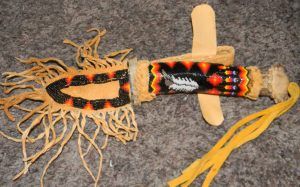
A deer antler skinning knife. The fully beaded scabbard is made from brain-tanned deer leather and deer horn, by Tamara Reily
“My family line follows many paths — Native American Pawnee, French, and Dutch. As a young adult I found out my grandfather was Pawnee but not a full-blood; that comes from my great grandma — she was a full-blood Pawnee.
“I always knew this, from way down deep inside me.”
Mountain Living and Beadwork
From the time she was a child, Reily has pursued a path of being outdoors, learning from nature, studying the ways of the Pawnee, growing toward and into the person she feels within her heart that she is meant to be. She raised her three children in the mountains of Montana in an area called the Yaak, where the family had no running water, electricity or phone. At the age of 40, she moved to Alaska to become a dog musher. While there, she was invited to be a drum leader, and traveled around with other musicians to powwows and gatherings. Wherever she has lived she has set up space for beadwork and leatherwork, focusing on both traditional techniques as well as fusions of design representing both old and new.
“My beadwork and leatherwork represent a proud people to me, whose culture should be honored. For example, the many types of leather bags I make have a different purpose in the everyday life of the Native people. There are gathering bags, medicine bags, pipe bags, tobacco bags. I try to make each as traditional as possible and do it with respect and honor.”

The black horse spirit, according to Reilly, symbolizes strength and passion that will carry through the most difficult times. Spirit Horse Beadwork Bag, hand-crafted by Tamara Reily.
Reily sells her work at powwows and craft festivals in Montana, Alaska, Oregon, and Washington. She noticed that in many of the places where she sells, she is one of the few offering beadwork, which she believes is a dying art.
“Beadwork is hard to make and very time consuming, and it takes a lot of patience. Each piece of work is time and history repeating itself, honoring my native culture.”
Rich History Based upon Ancient Wisdom
The various motifs she creates have individual stories, rich histories based upon ancient legend that has been passed down through generations. For example, her Mishibeshu Beadwork Pipe Bag pattern features the “underwater lynx” known to the ancient Ojibwe as one of the great powers of Lake Superior. A representation of water and waves rests near his feet. Beneath that is a “shield” with a portrait of two women, symbolic of strength and continuity. Seven feathers at the bottom represent Reily (whose gifted name is Painted Feather) and her six siblings.

Incorporating numerous motifs, the Mishipeshu Pipe Bag draws upon the legends of the ancient Ojibewe on Lake Superior. By Tamara Reily
She is not bound to one inflexible interpretation of an animal or a symbol, she adds, because the indigenous people of North America were not so bound:
“Consider the turtle, a sacred creature among Native American tribes. Each tribe has a cultural view of the turtle, slightly different. The deeper meaning, however, remains the same.
“To me the meaning signifies good health and long life. So when I gift or sell a turtle rattle I am also gifting good health and long life.
“Turtle also teaches us to walk our paths in life in peace. I always teach this in ceremonies: walk in peace.”
No End of Ideas
With a never ending list of things she likes to make, Reily foresees that she will be creating beadwork “forever.” And that is a path she makes a choice to walk. It is part of her belief system, one that defines the steps that she takes:
“Follow one path no matter where it leads you. This is your journey in life. You have been down it before, and you have a chance to find yourself.”
It’s the choices we make that shape who we are.
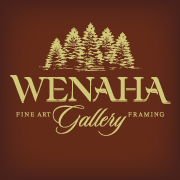 Tamara Reily is the featured Art Event at Wenaha Gallery from January 18, 2022 through February 14.
Tamara Reily is the featured Art Event at Wenaha Gallery from January 18, 2022 through February 14.
Contact the gallery, located at 219 East Main Street, Dayton, WA, by phone at 509.382.2124 or e-mail art@wenaha.com. Gallery hours are 9 a.m. to 5 p.m. from Monday through Friday, and by appointment. Visit the Wenaha Gallery website online at www.wenaha.com.




